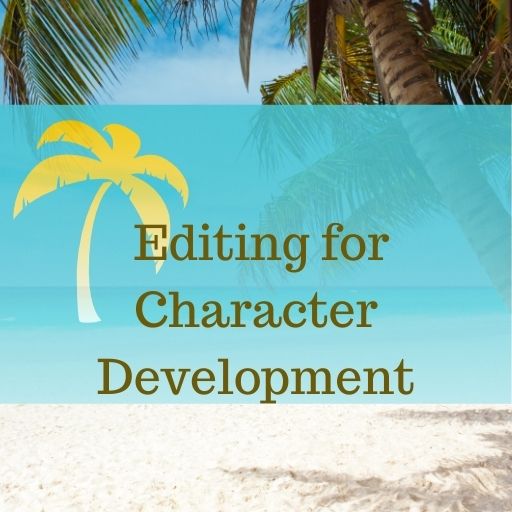Editing for Character Development
When you’re editing for character development, one concern you should keep in mind is that even small changes have ripple effects throughout the entire manuscript. So any changes you suggest need to be important, or else you’re asking the author to do a lot of work for little reward.
For example, sometimes I’ll see editors suggest things like, “Hey, you could make the main character bald to contrast with all the other male characters.”
On the face of it, this is not a terrible idea. But making a character bald isn’t just a matter of typing “find + replace” so that references to his blond hair become references to his bald head.
Being bald affects a character. Baldness creates feelings in men. Maybe these are feelings of self-consciousness, or maybe these are feelings of confidence, but they are definitely feelings. Maybe the character notices he’s going bald and just shaves his head rather than trying to pretend it isn’t happening. Maybe he tries hair plugs or a toupee or a comb-over.
All of these decisions create character, and a character who shaves his head is a different kind of character from one who buys a toupee.
And that’s not to mention that other characters will perceive the character differently. A character who confidently shaves his head will be perceived differently from one who has perfected his comb-over.
So this simple suggestion creates ripples effects throughout the whole manuscript. Are you sure it’s worth it?
If there’s a developmental problem, then it needs to be addressed as a developmental problem. If the main character is unmemorable, just making him bald isn’t going to change that.
If the author is going to have to make revisions anyway, why not just suggest something meaningful that would impact the character development in a significant way? For example, maybe the character arc could be sharpened so that the main character changes over the course of the manuscript. Or maybe a subplot about the character’s home life could be strengthened to give readers a clearer picture of the character.
“Small” changes aren’t always small and they don’t always solve a problem. Sometimes it’s better to suggest a bigger change that will have a bigger impact—and may not even require that much more work from the author.
Join the Club!
New to story editing? Begin at the beginning.




